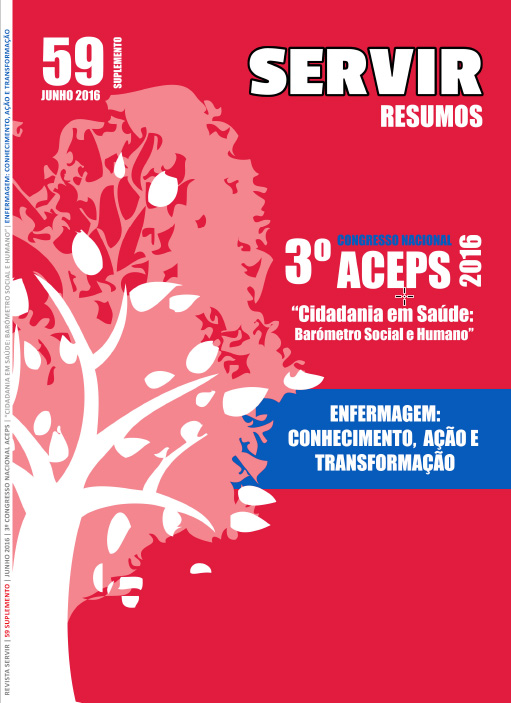Fibromyalgia impact on quality of life of patients
DOI:
https://doi.org/10.48492/servir0259.23183Keywords:
Quality of life, Health Professionals, Functional Disability and Fibromyalgia ImpactAbstract
Introduction
Fibromyalgia (FM) is a chronic and painful syndrome, which manifests itself in the musculoskeletal system and has serious repercussions on cognitive, emotional, physical and social levels with negative impact on the Quality of Life of People.
Objective
To analyze the impact of FM on quality of life of people and to verify the extent of socio demographic and clinical influence in quality of life.
Methods
This is a quantitative, non-experimental, transversal, in a logic of descriptive and correlational analysis. The sample consisted of 70 patients diagnosed with FM, who attend pain clinics in three Hospitals of the Central Region of Portugal. The instrument for data collection is a questionnaire consisting of socio demographic and clinical characterization, assessment of pain and Fibromyalgia Impact Questionnaire (FIQ).
Results
The sample is mainly female (84,3%), lives together, has an average age of 56.97 years, has the 4th school grade and is working on average 8h/day. The data reveal that the variables that influenced the quality of life are: age, employment status, the "way they live"; practicing physical exercise and the pain intensity, being this last the one that represents the largest association.
Conclusion
The results support the multidimensionality and variability in the quality of life of patients with FM and show the need for health professionals to promote intervention programs in the community, in order to implement intervention strategies that minimize pain, functional disability and promote the patients with fibromyalgia quality of life.
Downloads
Downloads
Published
How to Cite
Issue
Section
License
In order to promote the free circulation of knowledge, Servir is open access journal. All its content is available and protected under the Creative Commons license (CC BY 4.0).
The journal allows self-archiving in institutional repositories of all versions, which may become immediately available


